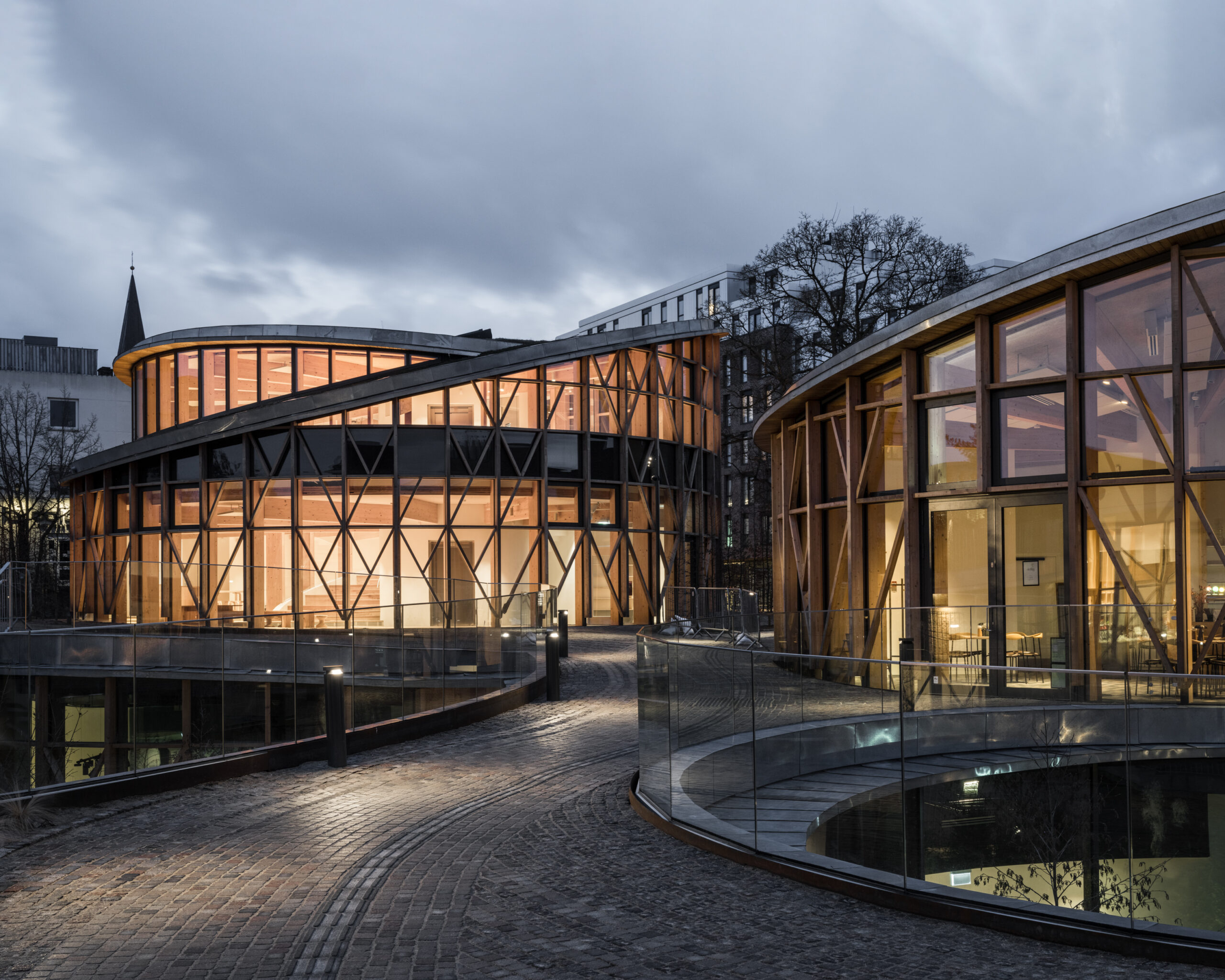

Denmark
H. C. Andersen’s Hus
Display cases and their microclimate
In Odense, the Danish people are paying tribute to their famous fairy-tale writer, Hans Christian Andersen with a state of the art museum. The author of the Little Mermaid, the Emperor's Clothes, the Princess and the Pea, to name a few, has enchanted generations of children through stories of courage, virtue and resilience. The museum presents his work and life, with surprising personal details.
The challenge
At Hans Christian Andersen's Hus, the climate is not controlled to uphold very strict levels. With passive humidity control in the display cases, the climate is controlled where the objects are put on display. Within each case, next to the objects, the museum conservator wished to monitor the temperature, humidity and light conditions.
Our monitoring proposal
Hardware. We designed and developed our discrete loggers for challenges such as this one. Due to their size and appearance, they blend in gracefully with the black bottom panels of the display cases, commonly used in museum settings.
In order to qualify, the sensor devices needed to work flawlessly in steel display cases, with only small perforations for visitors to peek inside. The resulting "Faraday cages" tend to block electromagnetic fields, making it challenging for a wireless system to function. To ensure that the communication between our Bluetooth devices and the nearby gateways would not be hampered by the steel-cladded display cases, before deployment, we successfully tested our devices in the actual display cases.
Software. To generate climate data is one thing, it's another thing to build insights and take informed action. Specifically for this project, Charp developed and integrated in the software visualisations of cumulative light exposure.
Result
The experience has revealed clearly which display cases are ‘touched’ by natural light during parts of the day/year. The museum made great use of this in various showcases, and rearranged some of their artefacts accordingly. This experience has shown us that our system is particularly well-suited for use in exhibitions. It is straightforward to set up, and requires no involvement from the IT team. The gateways simply set up a connection with the cloud via the mobile network.
In July 2021, TIME magazine listed Odense and the Hans Christian Andersen House as one of the top 100 places in the world, which makes us all the more proud to have participated in this project.
